PHC Matters
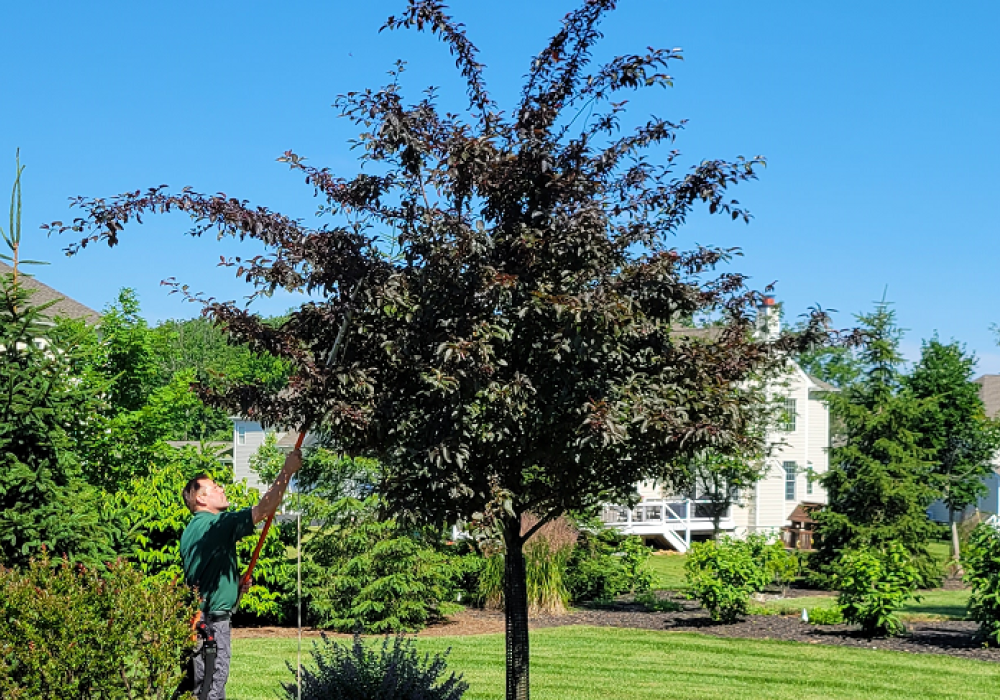
Protect Your Investment with Regular Tree Inspections by Certified Arborists
POSTED ON: BY: Burkholder PHC
Your landscape is one of your most valuable long-term investments as a homeowner. Healthy, thriving trees enhance curb appeal and property value and contribute to a more sustainable, attractive environment around your home. Ensuring the longevity and safety of your trees begins with regular, professional tree inspections. At Burkholder PHC, we emphasize a holistic and…
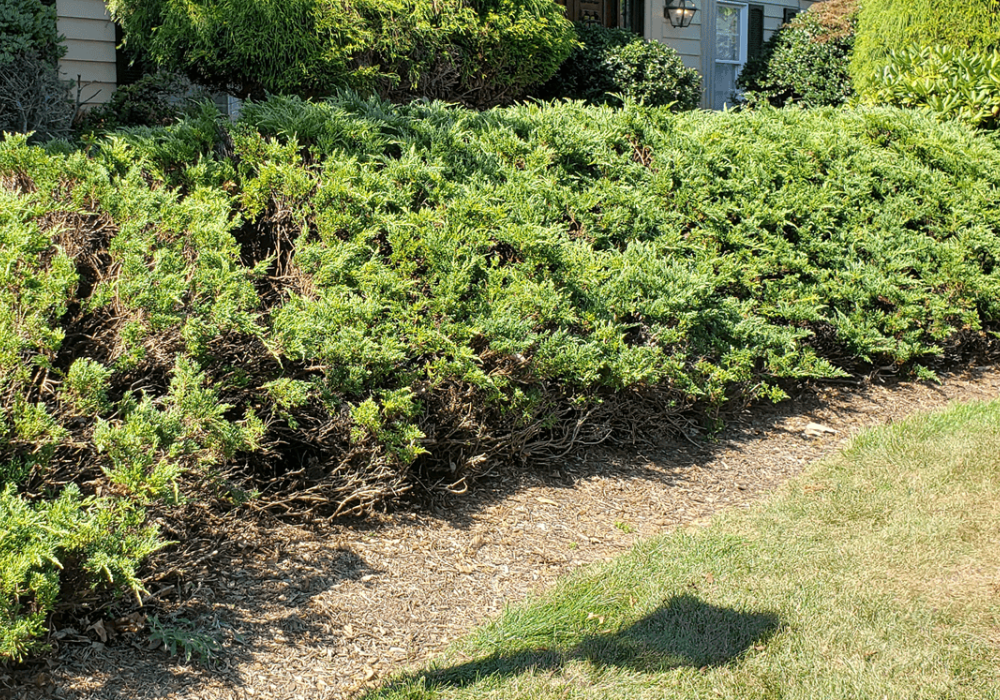
Why Sanitation Pruning Is Necessary for Plant Health Care
POSTED ON: BY: Burkholder PHC
Pruning is essential for maintaining tree health, safety, and size. Making precise cuts on specific tree branches helps a tree’s overall vigor and vitality. One form of pruning that we often perform between September and November is sanitation pruning, a critical horticultural practice aimed at disease prevention by minimizing the spread from an infected plant or tree…
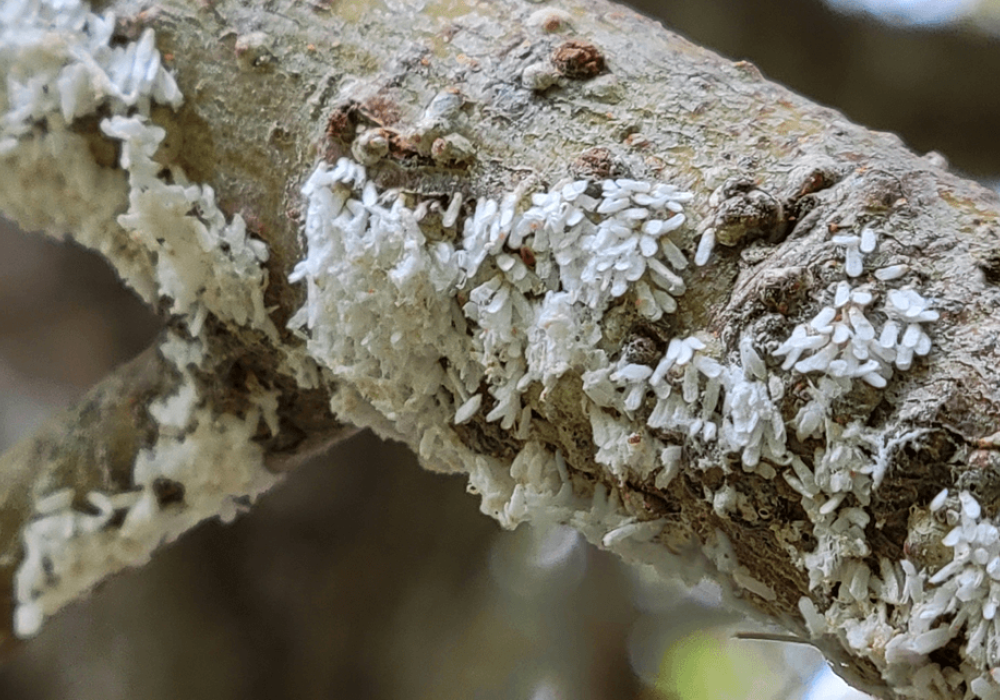
Prunicola Scale
POSTED ON: BY: Burkholder PHC
The Prunicola Scale, or Pseudaulacaspis prunicola, is a common pest that infests laurels, flowering cherry, lilac, holly, and privet trees. The insect causes damage such as yellowing or wilting leaves, stunted growth, and premature leaf drop. Prompt treatment by a professional certified arborist can preserve the health of your trees.
Get a Free PHC Consultati…
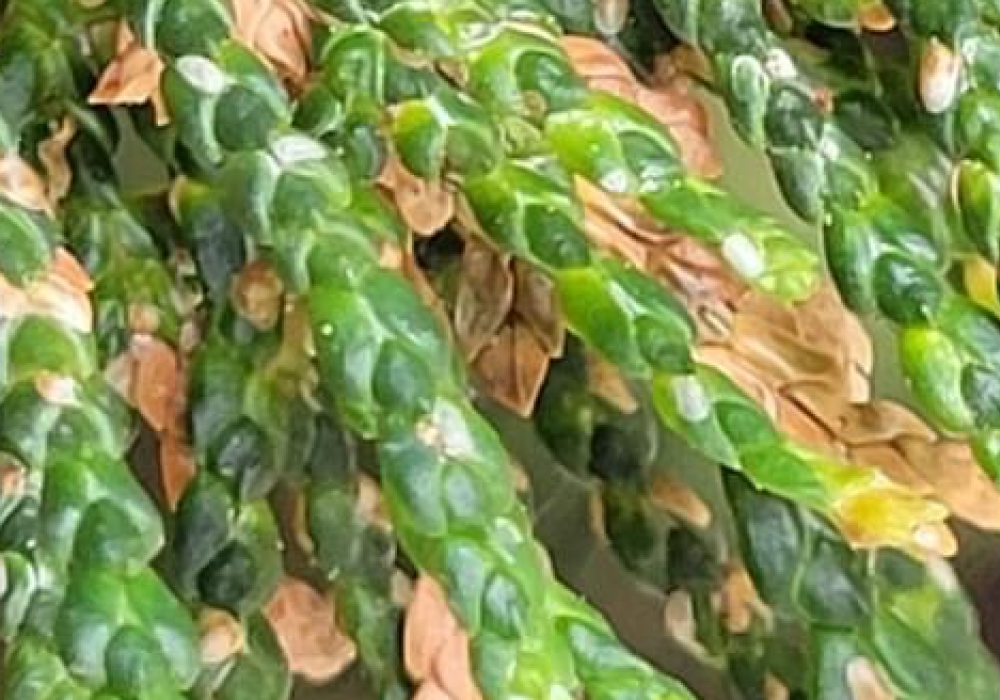
Juniper Scale
POSTED ON: BY: Burkholder PHC
Juniper scale insects threaten the health and aesthetic appeal of various juniper and coniferous plant species. When left unchecked, these pests can cause a multitude of negative effects, including foliage discoloration, reduced vigor, and plant death. Burkholder Plant Health Care’s expert tree specialists discuss this pest’s appearance, the damage they cause, their pr…
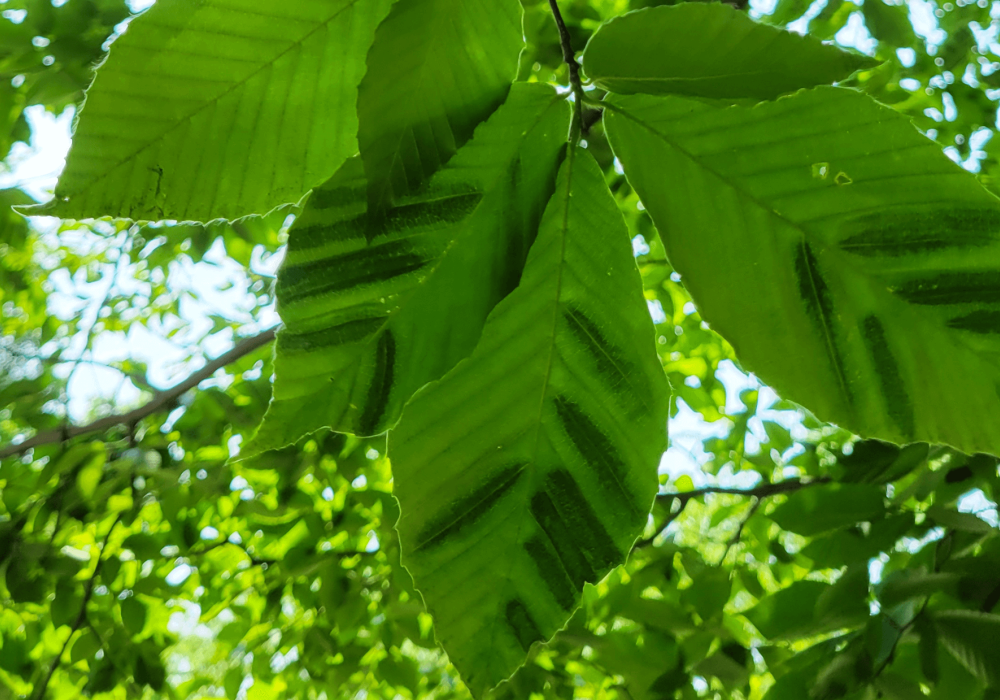
Main Line Plant Health Problems
POSTED ON: BY: Burkholder PHC
Our area has a multitude of known plant health care issues that we see regularly, such as tree diseases like aster yellows or phytophthora root rot, insect pest issues like scale insects or emerald ash borer. Other Main Line plant health problems are new to our residents, and we like to help homeowners stay informed about risks to their landscapes. Below we discuss som…
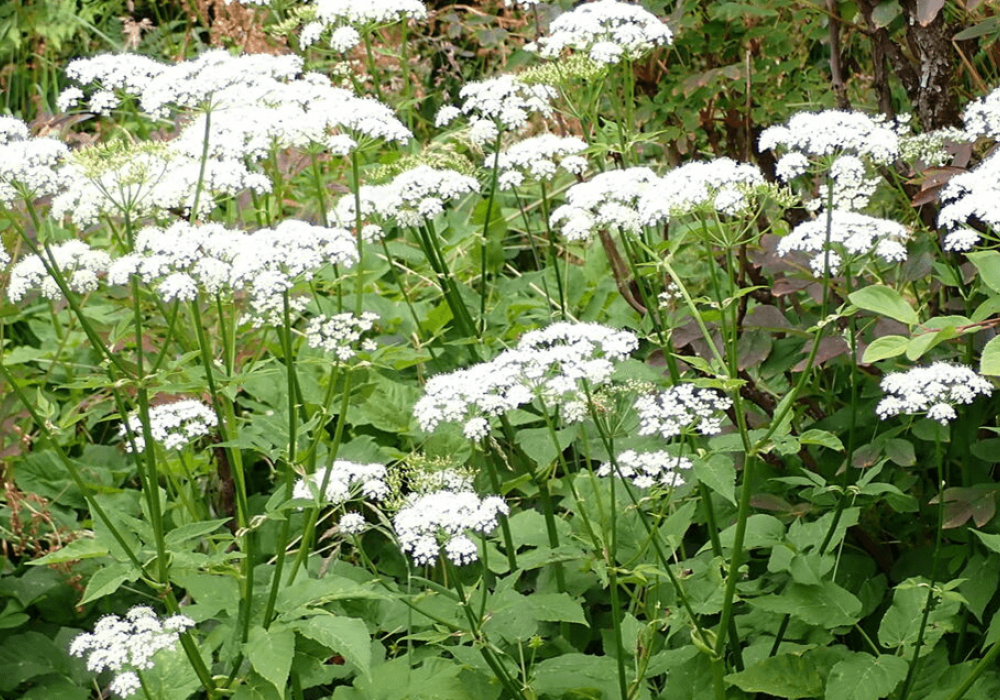
FAQs About Common Invasive Weeds in Ornamental Plant Beds
POSTED ON: BY: Burkholder PHC
Invasive weeds in ornamental plant beds are more than just an eyesore; they can reduce the health and beauty of your landscape by competing for water, nutrients, and sunlight with your desirable plants. For homeowners and landscapers, managing these invasive species can be a constant battle. Today our plant health care experts address some FAQs about common invasive we…
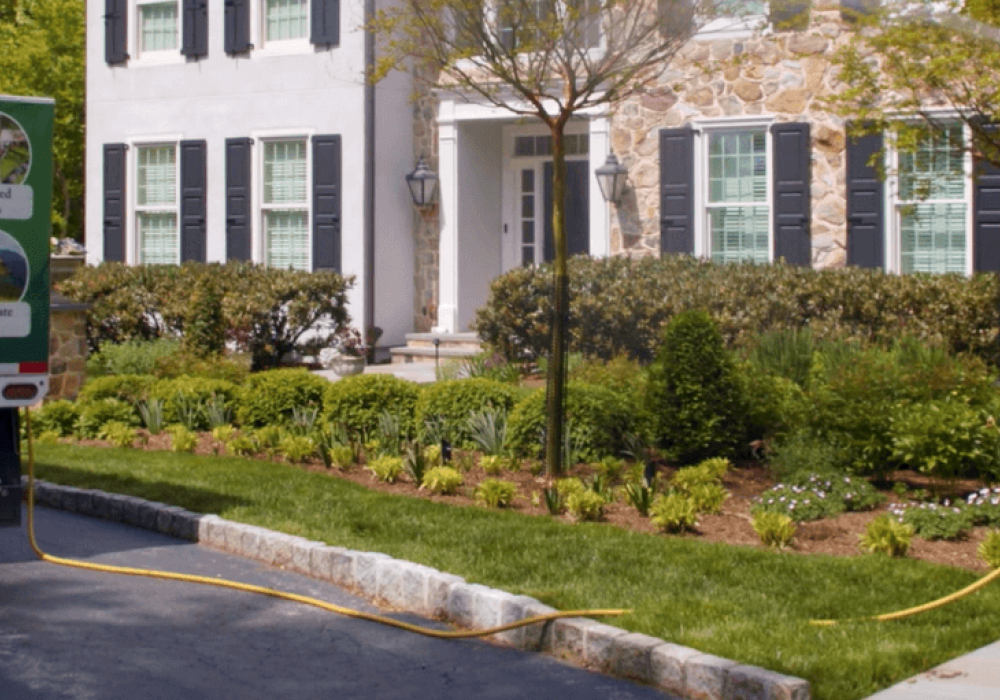
Burkholder Plant Health Care Year in Review
POSTED ON: BY: Burkholder PHC
As existing clients of Burkholder Plant Health Care, we know that you are invested in your landscape…both financially and emotionally. Motivation for this investment may be strictly practical (contribution to property value), aesthetic (appreciation of the beauty of plants), ecological (contribution to the biome), or competitive (well…neighbors). More likely, motivation to en…
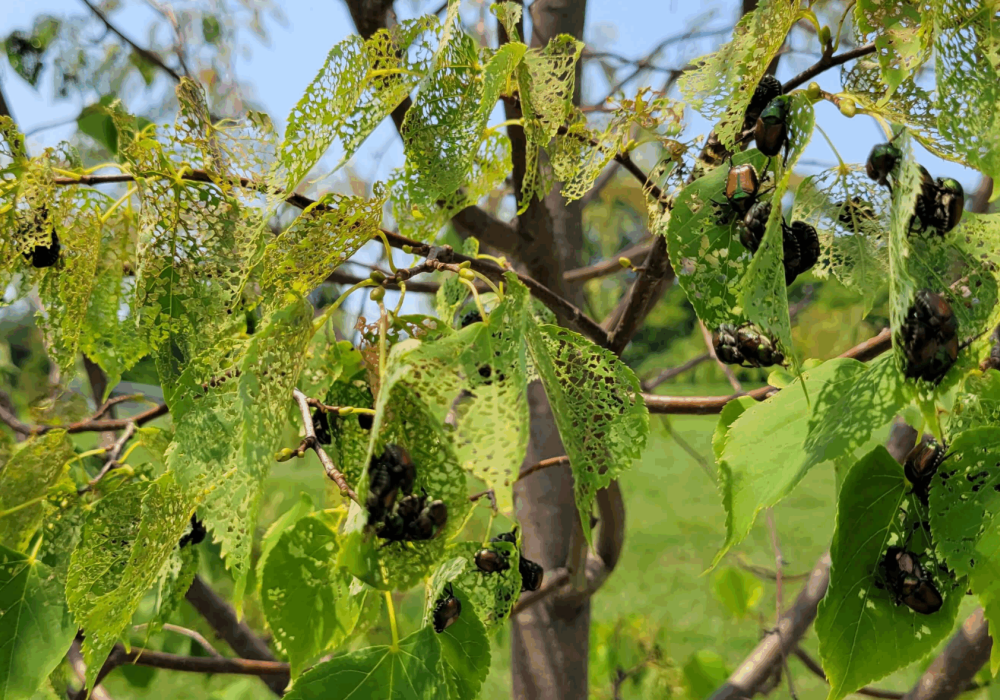
2025 Plant Health Concerns
POSTED ON: BY: Burkholder PHC
At Burkholder Plant Health Care, the first half of 2025 has been extremely busy. We started early treating plants to hasten recovery from winter injury. As we predicted, newly installed plants and plants with marginal hardiness took the brunt of the extremely low temperatures we experienced in late January. And now we are experiencing record rain and humidity wreaking…

Symptoms and Causes of Evergreen Tree Diseases
POSTED ON: BY: Burkholder PHC
Evergreen trees are at the forefront of this holiday season, and we do get a lot of questions about browning in conifers at this time of the year, especially pines, cypresses, junipers, and cedars. Most of the time, this is caused by seasonal needle drop, which is not damaging at all, but can be alarming. If you have concerns about the late-season condition of your ever…

